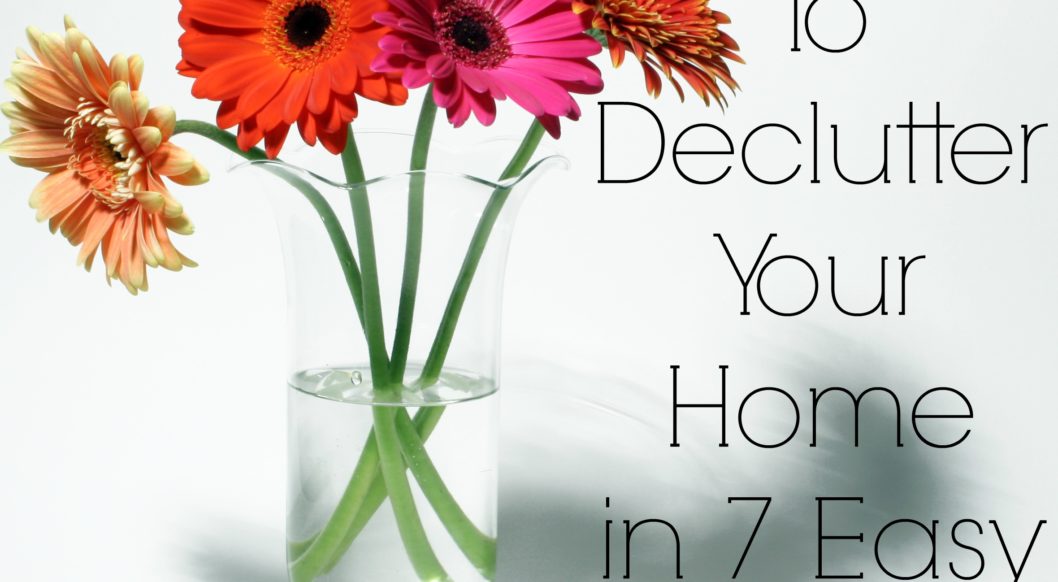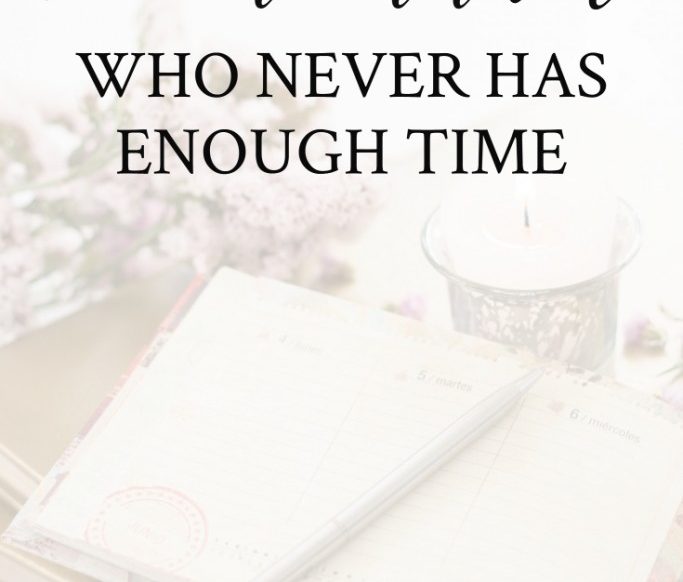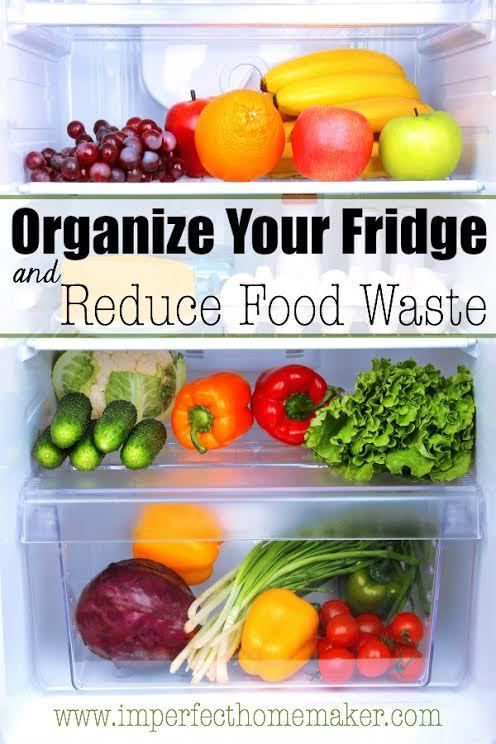How to Declutter your Home in 7 Easy Steps
Does your home always look messy, even though you feel like you're always cleaning? Perhaps you should consider whether you have too much clutter in your home. By saying that, I'm not suggesting that you're some kind of hoarder or slob. But sometimes, the size of a person's house is just too small for the amount of things that are in there, and it creates a look of constant disorder. You may need to scale back to the absolute minimum of what you need to live in order to keep things looking neat in your house.
Learn how to declutter your home in 7 easy steps.
1. Start with the worst offenders. The living room and kitchen are usually the two most used rooms in the house, and consequently are usually the rooms that collect clutter the fastest. It's easy to dump stuff on a kitchen counter or toss it on the couch or coffee table when you walk in the door. Remove anything that does not belong in these rooms, and train yourself to put things completely away when you come in the door. If you're having a hard time breaking the habit of dropping stuff as you come in the door, purchase some stylish baskets to keep near the door of those rooms. Make it your goal to keep the baskets empty by putting things where they belong. If you forget, at least the clutter will be contained and won't be such an eyesore.
2. Go through every room in the house (one at a time) and remove everything from drawers and cabinets. This is a time-consuming process but it is easier to start with an empty space and fill it instead of simply pushing things around.
3. Divide every item into categories. You can use heavy duty trash bags or boxes for this part. Everything that you find should go into a category: KEEP, THROW AWAY, GIVE AWAY, and RELOCATE. Items that will stay in that room are to keep. Things that you don’t need or are broken can be thrown away. Clothes or furniture still in great condition can be donated. Anything that definitely belongs in another room can be labeled for relocation when you get to that room.
4. Do not start a new room until you have completely finished the previous room. Once you have decided what will stay in that room, place items in the drawer or cabinet where you want them. Throw away the trash, put the donate box in the car so it can be taken care of right away, and place the relocate box in the next room in which you will be working.
5. Do not completely fill your spaces. Get rid of enough stuff to leave extra room in your drawers and cabinets. If every space is filled to maximum capacity, you will constantly be knocking things over as you get things in and out of the drawer or cabinet. (Tupperware avalanche, anyone?) Leave plenty of room to get things in and out while keeping them neat.
6. Keep as much as possible out of sight. Even with only the essentials remaining in a room, things can still look cluttered when you have random items sitting out in full view. Use attractive containers or baskets whenever possible to keep everything contained and out of sight.
7. Once you have successfully removed clutter from every room in the house, implement the “One in, one out” rule. (Every time something new comes into the house, something else has to go.) This will keep your house from becoming full of too many things and creating the need to declutter all over again.
What did I miss? What are your best tips for decluttering and keeping your house organized?
For the Homemaker Who Never Has Enough Time
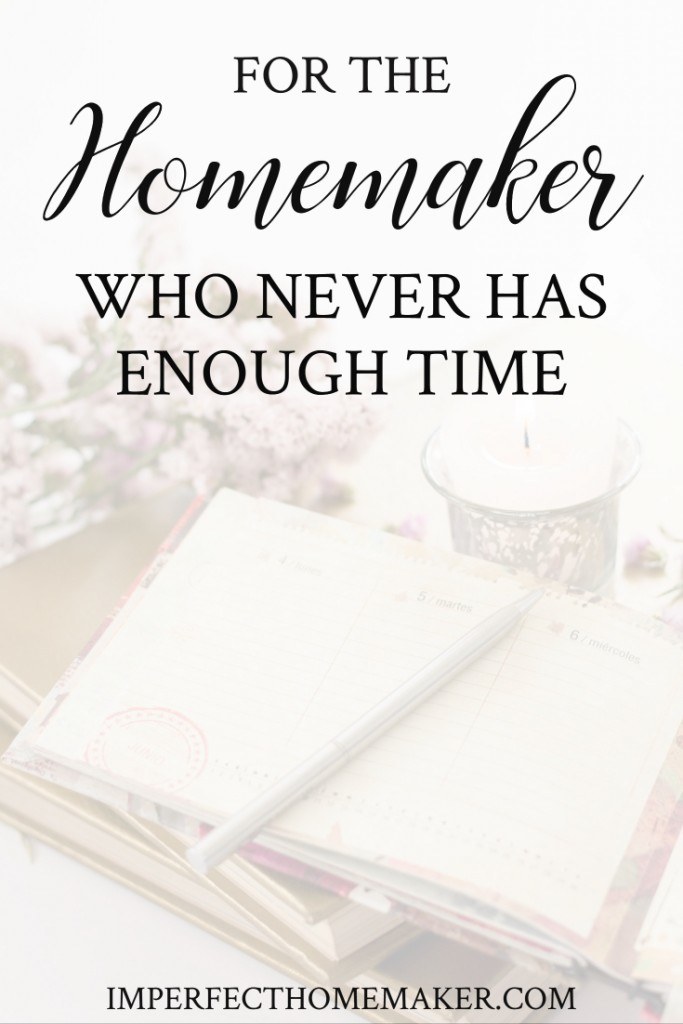
There are many things we could do in a given day, and all of them might be good things. But it's quite likely that we won't be able to fit every single one of them into our day. So what are we to do when there are more things on our list than there are hours in the day?
We seek God's wisdom in directing us to what he would have us to do today.
Each of us faces life circumstances – some with young children who seem to create endless housework, some with outside jobs taking up their time, some with chronic illnesses feeling like they've tackled the world when they fold a load of laundry. The situation is different for all of us.
But one fact is the same for everyone: trying to fit things into our lives that God didn't intend to be there only creates disorganization, frustration, and a lack of time to do the other things he wants us to be doing.
Many things we homemakers would like to do are good and noble things, but if there's not room for them, it's not going to make us happier to try to cram them into our lives.
A peaceful home requires a lot of maintenance — so much maintenance, in fact, that it may seem you're not really “doing anything” with your time beyond feeding hungry bellies and cleaning up messes. Those things might not seem glamorous, but that doesn't mean they're not necessary and incredibly important. Feeding your family and caring for your home are more than just mundane necessities of life; they're an active way to express love to your family.

But what about finding time for other pursuits? When can you do things you enjoy or minister to others outside of your home?
I've been using my Goal Setting Planner every day for the past several years to create my daily schedule, and it's been the best thing I've ever done. It helps me determine what my priorities should be and I can easily see what I need to be working on during each given day.
I divide my life up into multiple areas and pray over what goals I should reach for in each of those areas.
For instance, I have housekeeping goals, family goals, personal goals, etc.
I list the top three things I'd like to see happen for each and the steps that I'd need to take to get there. When I plan with intention like this, I've found that, while I can't do everything I'd like, I can do a whole lot more than I can if I just wing it.
When you plan your time with intention, you can purposely include things that refresh your soul and energize you rather than spending all day every day putting out fires.
Seasons of life come and go fairly often, and with each new season you'll need to take a fresh look at your priorities and create a new routine to reflect those priorities. Taking an hour or two to evaluate what's currently working and what's not will save you a great deal of time and frustration in the long run.
Time management requires intentional planning. When you try to wing it, no matter how diligently you work, you'll be less likely to manage your time efficiently and more likely to end every day frustrated with how little you got done.
So whether you use the Goal Setting Planner that I use, or whether you use a scrap of paper, or something in between, I encourage you to take a few minutes to both look at the big picture of where you're headed, then write down the smaller steps for how you plan to get there.
Finally, remember that sometimes in spite of our planning, our days don't always go as we planned. Learning to follow God's leading moment by moment will give us the freedom to be at peace when the plans change. Our relationship with him is foundational, and everything else builds upon that. Our productivity is not a measure of our worth. It doesn't make us any more or less loved by our Savior.
Intentional planning should be a tool to keep us from being enslaved to time – it shouldn't be a master that enslaves us to “the list.”
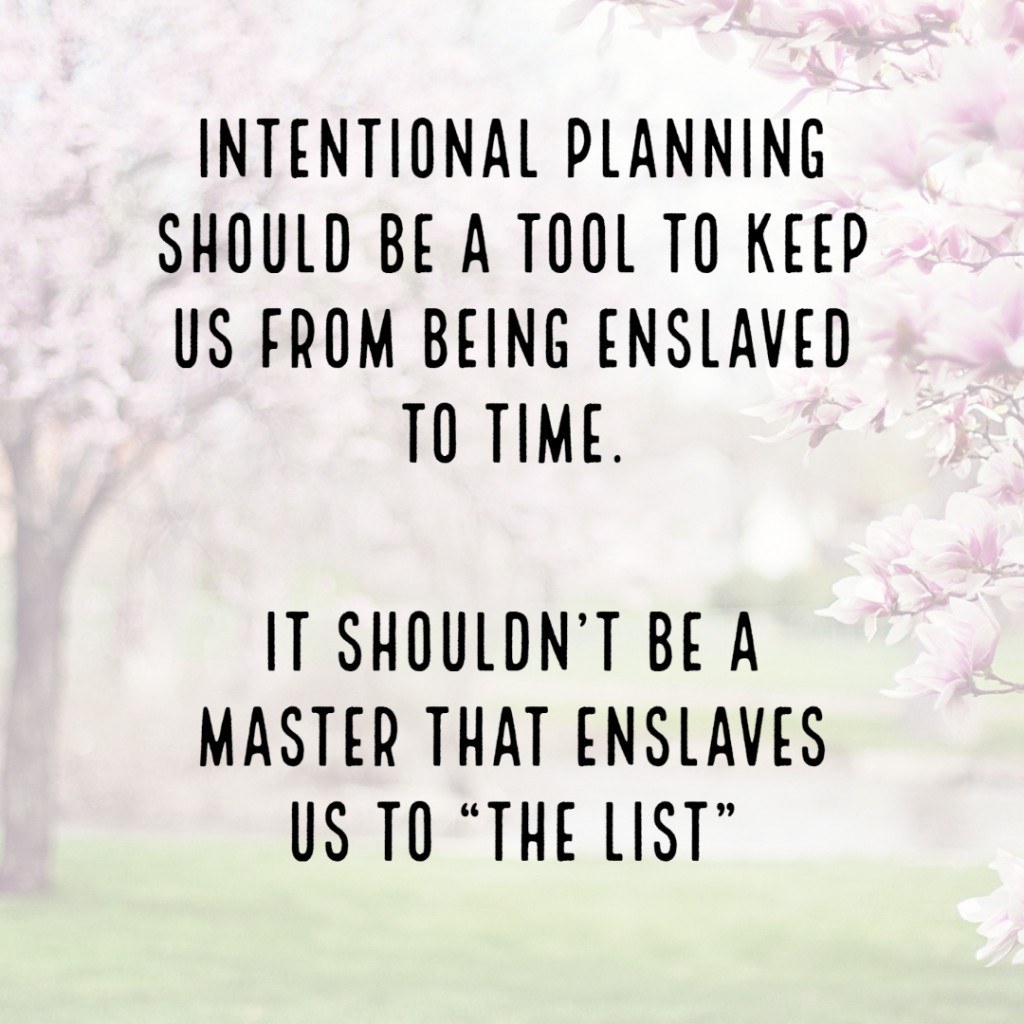
Organize Your Fridge and Reduce Food Waste
Did you know that it's possible to organize your fridge and keep it that way?
For the longest time, I tried to organize my fridge and keep it cleaned, but it seemed like things were always getting shoved to the back and would end up rotten by the time I found them.
I finally had one of those “duh” moments when I realized that organizing my fridge and minimizing food waste didn't have to be difficult at all.
All it took was a few labels.
Sure, I could have just designated certain shelves for certain foods, but whenever I tried that, I would always forget (or my family didn't know what went where) and things would end up in disarray again.
In less than 15 minutes time, I came up with the world's easiest system for organizing my fridge. Yours will probably end up looking different than mine due to the different setup of different refrigerators, but you'll get the idea of how you can create an easy-to-use system for keeping your refrigerator organized.
First, I took everything out and washed the shelves thoroughly. I also threw away anything that had gone bad or that I knew I wasn't going to use. Then I set it up like this:
Top Shelf:
Beverages. That's it. Since I often buy 8 gallons of raw milk at one time, I need that shelf completely dedicated to beverages.
Drawer:
Cheese and lunch meat. (Side note: lunch meat is not something I recommend consuming regularly. We have it when we're really feeling the need for something quick and easy, but we make sure to buy a kind that is nitrate/nitrite free.)
Middle Shelf:
On the left side I put ingredients such as cooked meat, broth, chopped onions, or anything else that is pre-prepared that will be a component of a meal. I labeled that side simply “Ingredients”. The right side is labeled “Leftovers”, so I'm sure you can figure out what goes there. I try to make sure to put the most recent leftovers in the back and move the older ones to the front. It's a lot easier to make sure we eat the older stuff before it goes bad when it's looking me right in the face when I open the fridge.
Bottom Shelf:
The left side is labeled “Snacks” and holds things like granola bars, applesauce, and anything else that is meant to be grab-n-go. Since snacks are such a frequented category of food in our household, having them all in one designated spot keeps people from digging through the fridge in search of something to eat, and eliminates the disorganization that follows. Since there will inevitably be something that doesn't fall into any category, the bottom right shelf is labeled “Miscellaneous”. That way I have a place to put everything even if I'm not sure where it should go.
Produce Drawers:
I have labeled the produce drawers with “Week 1” and “Week 2”. If not everything gets used up on the first week, it gets moved over to the “Week 2” drawer before I bring put any new groceries away. When I'm deciding what vegetables to have with dinner, I always check the “Week 2” drawer and use up whatever's in there first.
In the door I keep condiments, supplements that require refrigeration, butter, and anything else small. I try to group like items together and eliminate as many unnecessary items as possible. For example, instead of having 10 different kinds of salad dressing in there cluttering things up, I make our salad dressing from scratch. I usually only make enough for one meal so that I can make whichever kind we prefer and not end up with a bunch of things in there that end up going bad.
I've never considered myself an organized person, but ever since I labeled the shelves and started putting things in specific places, our food waste has been drastically reduced. It's also easier to decide what to have for dinner because I can easily see what needs to be cooked up first.
And the best part is that it only took a few minutes to organize, and it has stayed that way for a long time!
I hope my system will give you an idea of how to organize your own fridge and reduce food waste!
Make Homemade Non-Toxic Disinfectant in 60 Seconds
I had several people ask about my Non-toxic disinfectant recipe, so here it is:
16 oz. water
3 tbsp. liquid castile soap
30 drops tea tree oil
Mix together in a spray bottle.
Isn't that easy? You can throw it together in about 60 seconds and use it for pretty much anything!

Below are some other ways you can make a non-toxic disinfectant if you don’t have these ingredients on hand.
Other non-toxic products with disinfecting properties:
- Vinegar water (50/50 ratio) (do not use on marble surfaces)
- Hydrogen Peroxide (3 percent; if you want to spray it, you must use a dark spray bottle or screw the nozzle from another spray bottle directly onto the original peroxide bottle.)
- Thieves Oil
- Grapefruit seed extract
Update March 2020: These days my favorite way to clean is to use an e-cloth (see my review here) to clean up any actual messes, then I spray the surface with plain peroxide (so cheap!) Let it sit for 6-8 minutes, and it kills viruses! I get the ecloths as well as these lovely brown spray bottles for spraying the peroxide from Grove.co (sign up for a Grove.com account through this link and you'll get a free gift.
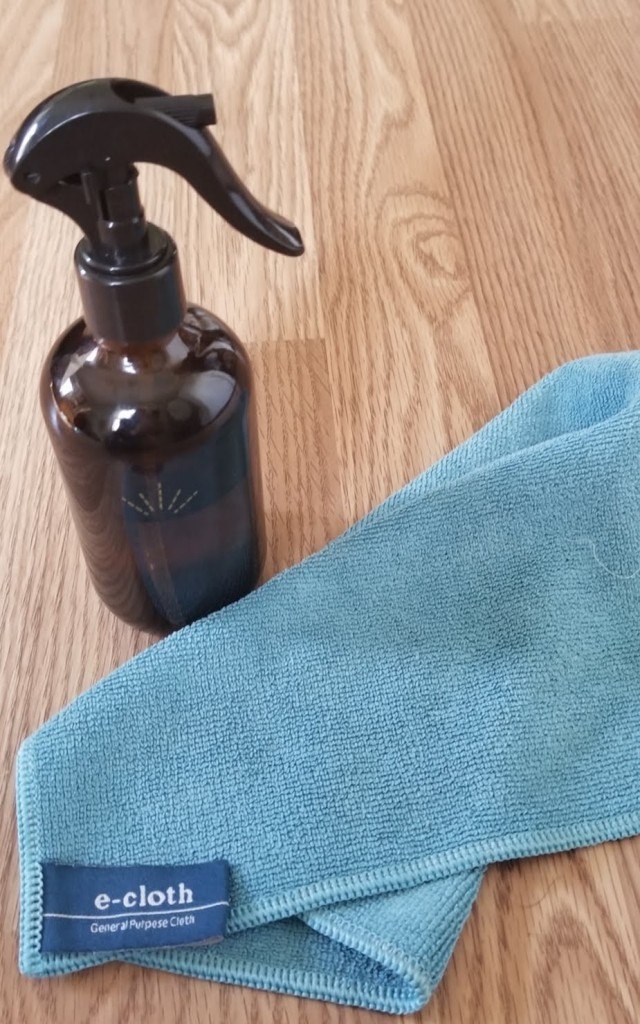
The Importance of Being Your Spouse’s Prayer Warrior (and a free printable prayer calendar)
It was just over one year ago that the Lord began working in my heart about praying earnestly for my husband. Our life had begun to seemingly crumble around us as we learned of a major unexpected ministry change that would be taking place. Hard times were ahead- we could just feel it. As my husband came home each day and shared his burdens with me, the Lord seemed to impress on my heart that I could do more to support my husband. I could do the one thing that mattered the most- one that would have a lasting impact. I could pray.
You may be thinking, “Didn't you pray for your husband before last year?!” Yes, I did. But not earnestly. And not specifically. And not consistently.
I needed to make a big change.
One day I came across a prayer calendar online. I don't even remember what site I found it on, but I knew immediately that I was looking at the perfect prompting to my prayers for my husband. The calendar was not month-specific, so I could use it over each month. Every day's box had a different topic of prayer and a few verse references to go along with each topic. I printed it off onto red paper and presented it to my husband as a gift. He was very appreciative and I could tell that it meant a lot to him that I was taking this step and then making it known to him. After he looked it over, I carried it to the kitchen and taped it above my sink.
It's one of the best things I've ever done.
Every day for the past year (plus) I have prayed for my husband as I washed the dishes. (Yes, I've missed a few when we were traveling, but my point is that it became a habit.) I even started knowing what the prayer prompt topic was before I got to the sink!
As the days turned into weeks and the weeks turned into months, I began to reap the rewards of my prayer time.
My husband would come home and recount the events of the day, telling me his joys and struggles, and of his own answers to prayer.
I was often amazed to find that the very things He encountered that day were specific to the topic I had prayed about! I shared those things with him, many times saying “I prayed about that for you today!” These instances strengthened our faith together, and motivated me to pray even more consistently and more often as the Lord brought things to mind. Furthermore, as time went by, I found that God was changing me through my prayers for my husband. As I prayed about areas of character and Godliness for him, I realized that my own life needed God's stirring in some of the same areas. Only God can give double blessings like that through prayer!
This year, I have designed my own prayer calendar. I've changed up the topics from last year and have added new Scripture references. It's time to begin a new cycle of prayer, and I'm looking forward to seeing how God is going to use it in my husband's life to encourage him.
I'd like to make this calendar available to you and encourage you to pray earnestly and specifically for your spouse this year! Give the gift of the blessings of prayer. My calendar is available as a free printable on my website. At the moment, it is an excel document that I hope will open for you! Click here to download your daily prayer calendar.
Expect God to do great things as you intercede for your beloved!
10 DIY Mother’s Day Gift Ideas
Mother's Day will be here soon, so I thought I'd do a roundup of gift ideas that you can make! Click on the link under each picture to be taken to the tutorial.
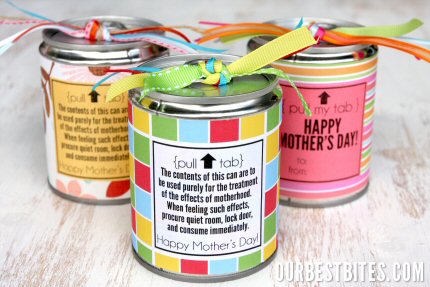 |
| Tin Can Treats |
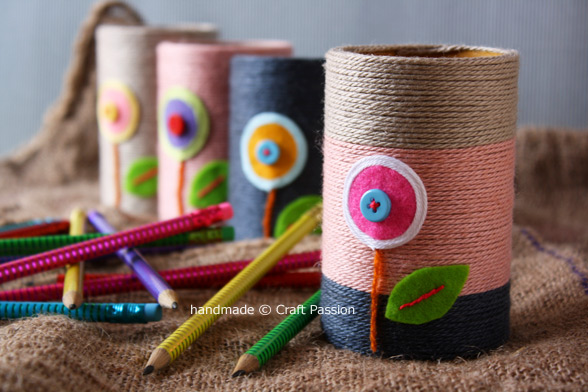 |
| Embellished Pencil Holder |
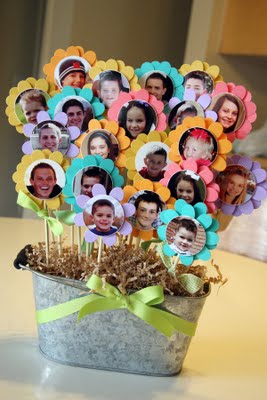 |
| Grandchild bouquet |
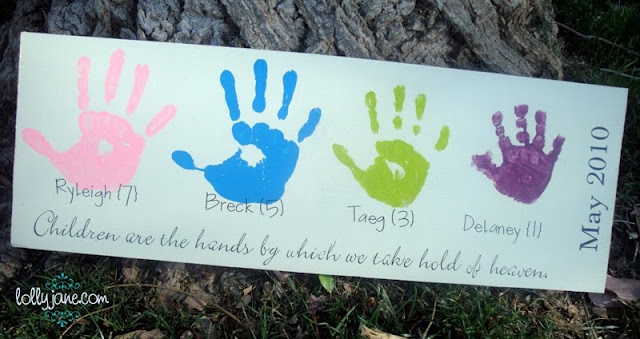 |
| Handprint board |
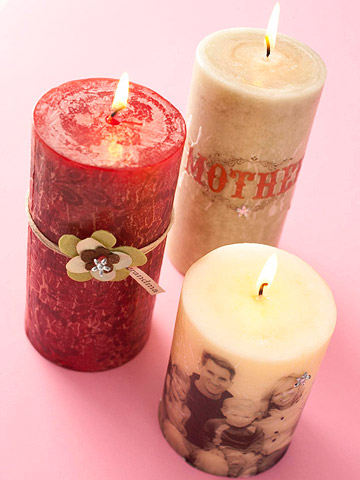 | ||
| Personalized Candles |
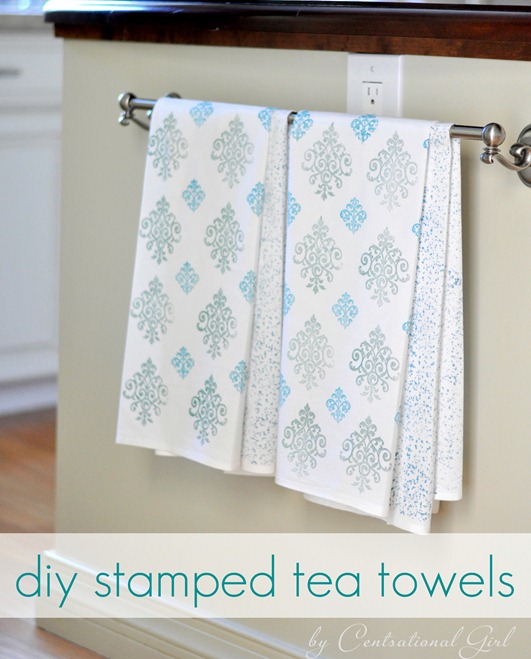 | ||
| Stamped Tea Towels |
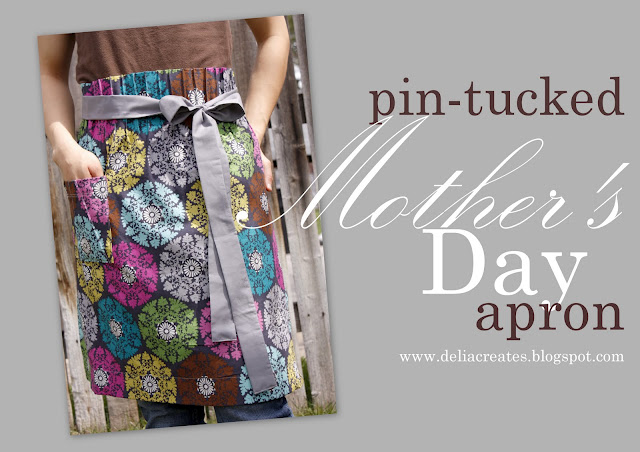 |
| Pin-tucked Apron |
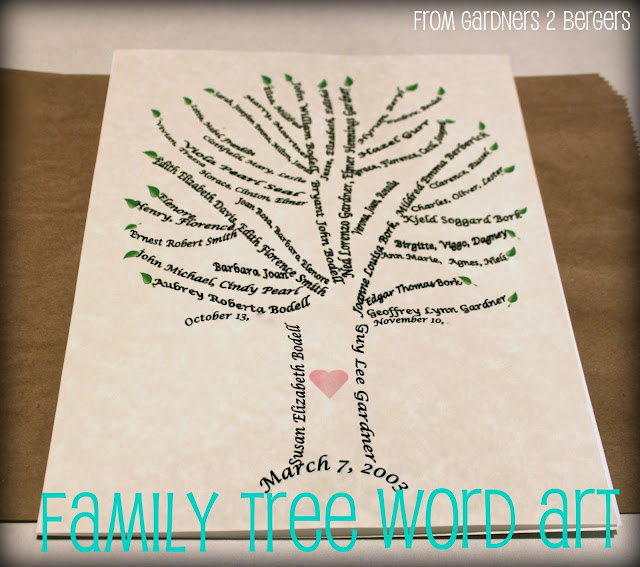 |
| Family Tree Word Art |
 |
| DIY Jewelry |
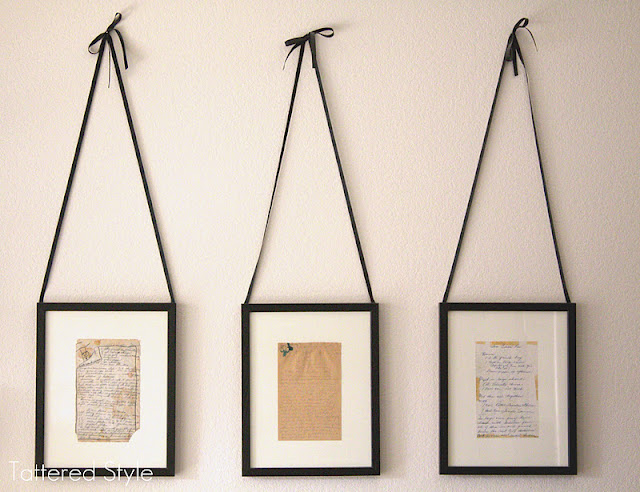 |
| Framed Family Recipes |

